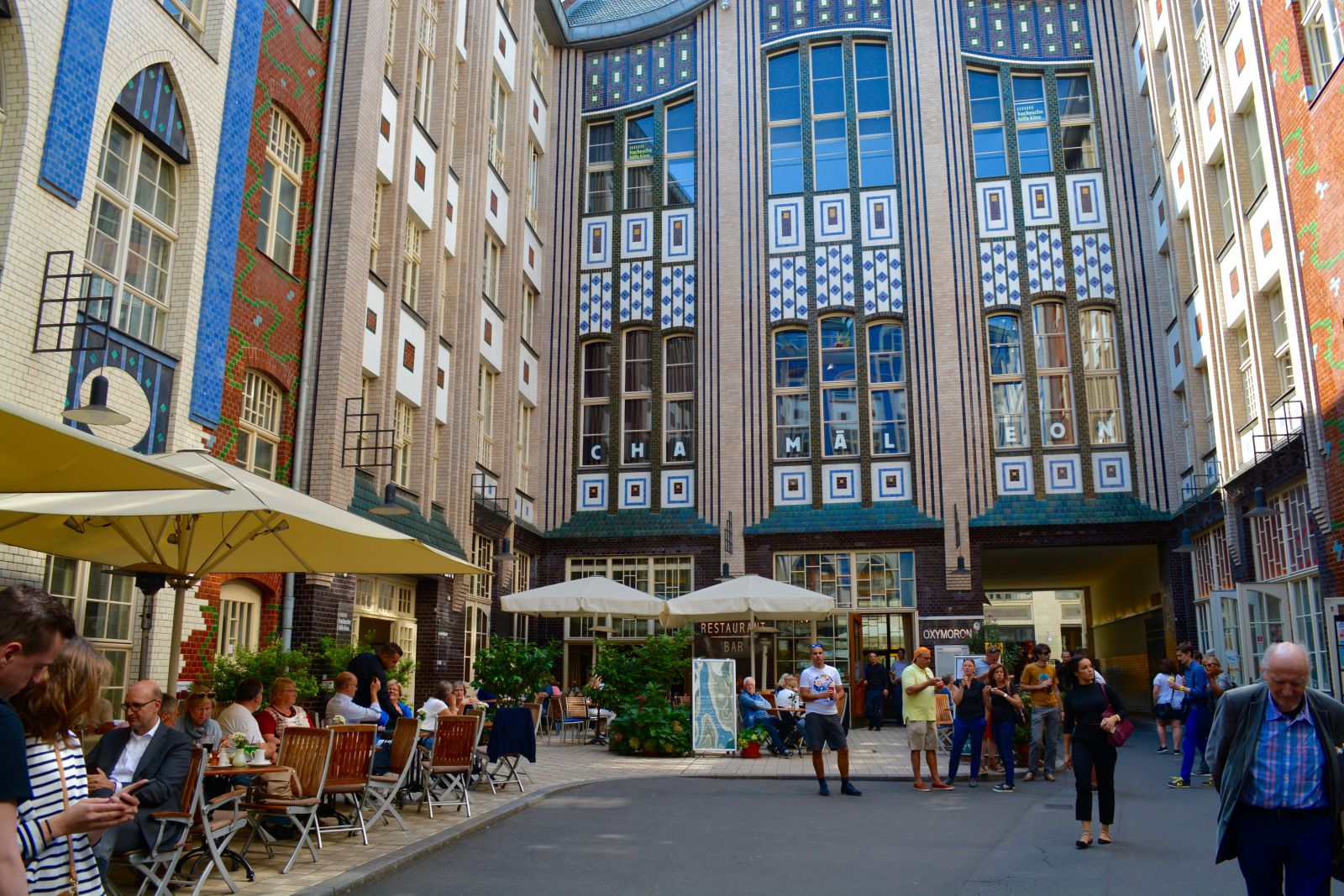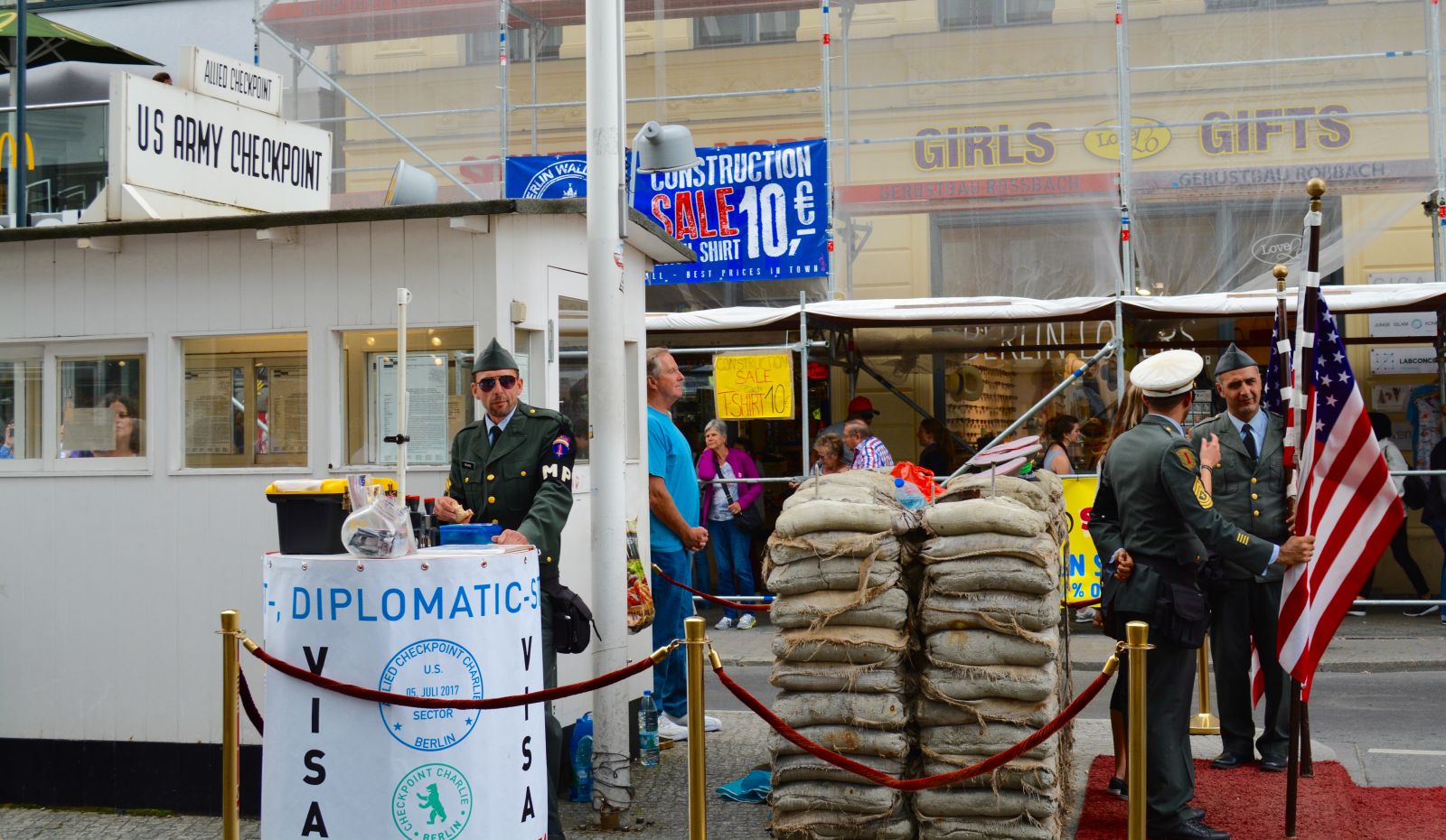Among the greatest tropes of Cold War propaganda was the insistence people were eager to flee communist Europe because they wanted their freedom. That’s not untrue, but a visit to Berlin and its many museums and monuments dedicated to its tormented history in the 20th century will make you realize the driving force to escape totalitarianism was love.
At the MauerMuseum, which tells the history of the Berlin Wall and the people who sought to escape through, over, or beneath it, visitors learn the extremes humans went to in order to connect with the people they cherished.
Situated next to Checkpoint Charlie, the MauerMuseum recounts incredible tales of heroism and love. Men from the west hollowed out car seats in order to make room for girlfriends from the east, who would squeeze into the vehicles, holding their breaths as they were snuck across border stations at the Wall. Women from the west smuggled tools and contraband to lovers in the east to help them as they devised plans to escape. Gay couples sought emancipation and too often were killed or imprisoned when their relationships were uncovered.
Discover More: Why Asian Street Food Rules Berlin
Berlin is a heavy place. And it should be. It’s been less than 30 years since the fall of its infamous wall. No city in the western world has had outside powers determine its fate like Berlin. It was a pawn in global politics for a half-century. Uniquely tormented, Berlin has climbed. Yet, you don’t recover fast from the kind of trauma the city or its people endured.

The Berlin Wall is now filled with provocative murals and graffiti, and is visited by tens of thousands of people each year. (Photo by Adrian Brijbassi for VacayNetwork.com)
I came to Berlin wondering if it would be possible to remain light-hearted in the city. I wanted to see some attractions, but did not desire to get caught up in the haunting past of the place. My hope was to dance, dine on its famous street food, and listen to Berliners talk about their home. I quickly learned the reparations to the city’s infrastructure are far easier to construct than alleviating it from emotional hardship. To Berlin’s credit, it does not shrink from its past.
Stumbling stones are gold, square blocks found in the city’s streets. They commemorate each person killed during the Holocaust. The stones are sometimes placed in front of the victims’ homes and workplaces. They are raised a millimetre above the other cobblestones on the street because their intent is to make pedestrians stumble, look down, and remember. It is a beautiful and permanent gesture, and one that will compel your heart to clench, like so much else in this city.
My visit to the Berlin Wall took place on the last of my five days in Germany. On the west side of the section that remains of the wall are images and stories about some of the people who suffered on the eastern side of the concrete fence. These are horrific accounts of torture undertaken by the police and military from the Soviet Union and former East Germany. They are part of an exhibit from the Berlin Wall Memorial. On the side of the wall that faces the east are colorful, politically charged images. The graffiti is created by artists from around the world and much of it focuses on contemporary topics.

If you see an alleyway in Berlin, don’t be afraid to investigate. You just might end up in a beautiful, cloistered courtyard. The city has several of these features in its downtown. (Photo by Adrian Brijbassi for VacayNetwork.com)
The anger and hurt people feel here is often expressed in raw sentiments. The color of choice for nights out is black. Fine dining is mostly a rumor. It’s not a place for pretensions. I got the sense people here couldn’t care what anyone from the outside thinks of them or their city, including the rest of Germany, and such boldness creates expression in art, music, and culture that is passionate, unadorned, and, most of all, blisteringly real.
MORE ABOUT VISITING BERLIN

Once notorious, Checkpoint Charlie has transformed into a kitschy attraction with flag-waving actors playing U.S. military officers. (Photo by Adrian Brijbassi for VacayNetwork.com)
Getting Around: Berlin has an immense public transit system that covers seemingly every corner of the city. Buses and trains that run both above and below ground are frequent and efficient. The fares are multi-tiered, depending on how far you travel and for how long. As there are no turnstiles and few transit officers checking tickets, the city’s trains are operated largely on an honor system. Visit the public transit website for details on planning your trip.
Historical Museums and Attractions: The Mauer Museum next to Checkpoint Charlie is a moving experience. The entry fee is 14.50 euro (about $17 USD) per adult and can be purchased online. It is free to see the Berlin Wall Memorial and its exhibits; guided tours start at 3.50 euro ($4.15 USD) and can be booked online.
Where to Stay: The Sir Savigny Hotel features immaculate rooms with an antique theme and large, comfortable beds.The on-site Butcher restaurant serves outstanding burgers and a fantastic breakfast featuring a buffet of breads, pastries, fruit, and cereals, and other options from the restaurant menu. Room rates start at about 110 euro (about $133 USD) per night, depending on the season.
What to Do: The highly recommended Bite Berlin tour costs 40 euro ($47.80 USD) per person and lasts about three hours, with five food tastings and a glass of sparkling wine to finish. It starts at Hackescher Market in the city’s east end.




